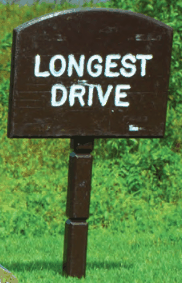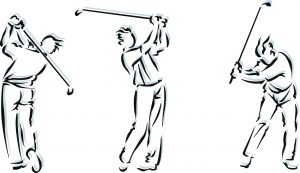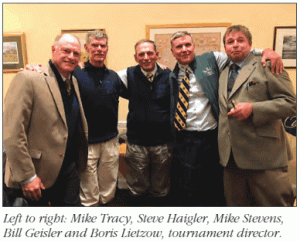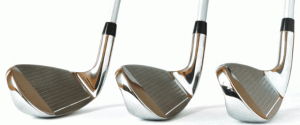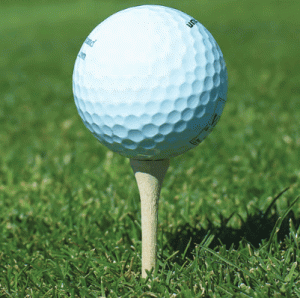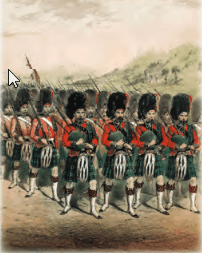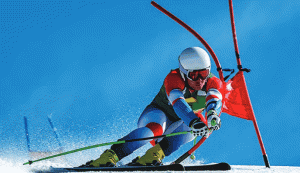Keeping Connected to the USGTF
• Like us on Facebook: www.facebook.com/USGolfTeachersFed
• Follow us on LinkedIn: www.linkedin.com/company/us-golf-teachers-federation
• Follow us on Twitter: twitter.com/USGOLFTEACHERS
• Follow us on Instagram: www.instagram.com/usgolfteachers
• Follow us on Pinterest: www.pinterest.com/usgtf/boards
It isn’t necessary to have us or follow us on all social media platforms. If you have one in particular that you use as your primary source, then that would be the best platform for us to interact with you on. If you already follow one or all of our social media platforms and we aren’t following you back, please send us a direct message through the relevant platform and we will follow you back.
It is likely that most of you are already Facebook members, so it certainly makes sense to like and follow our Facebook page. Be sure and let us know through a direct message if you have a golf page that you would like us to follow back. Once we are following, we will, from time to time, like and share relevant posts/stories from your page to ours!
For LinkedIn followers: When you follow us, we will receive notification and will follow you back. If you already follow us, please send us your business page URL and we will follow you back. We will like and/or comment, and/or share relevant posts that you make on your business page. It would be greatly appreciated if you would do the same for us!
For Twitter followers: Once we follow you, we will add you to a Twitter list titled USGTF Members. This is a great tool for us be able to view your posts and interact with you without having to scroll through thousands of posts of others that we follow. When we see relevant and appropriate tweets that you make, we will like and/or retweet your posts. It may also be beneficial to you to add one of the three following hashtags to your profile and/or relevant posts: #usgtf, #usgtfpro, #usgtfmember
For Instagram followers: You should consider adding #usgtfmember or #usgtfpro, or simply #usgtf to your profile. Not only does this help us find you, but it may also help a potential customer or friend find your profile! We highly recommend that you add one of the above hashtags to any posts that you make that you believe are relevant to our relationship. We actively follow the three hashtags that are listed above, and will like and engage with posts that we feel are beneficial to both yourself and the USGTF in regard to advancing our goals as golf professionals.
For Pinterest followers: Once we have followed you back, please be sure and include a #usgtfmember, #usgtfpro or #usgtf hashtag to any pins that you create and that you believe are relevant to our relationship. We actively follow the three hashtags that are listed above and will like and engage with posts that we feel are beneficial to both yourself and the USGTF in regard to advancing our goals as golf professionals. We will add relevant professional quality pins to one of our appropriate boards given the subject being addressed. Just as a heads-up, we are primarily looking for pins in the categories of Golf Tips, Golf Fitness, Golf Teaching, Golf Coaching and Golf Psychology.
We look forward to interacting with you out in the virtual world. We believe that through our joint interaction we can more effectively reach out to future golf professionals, and help our members reach out to more potential clients.



